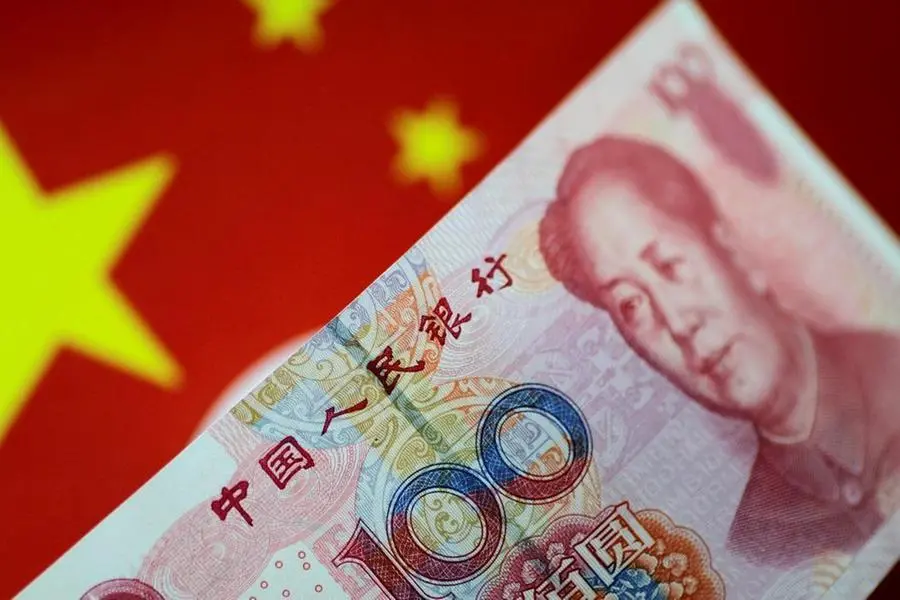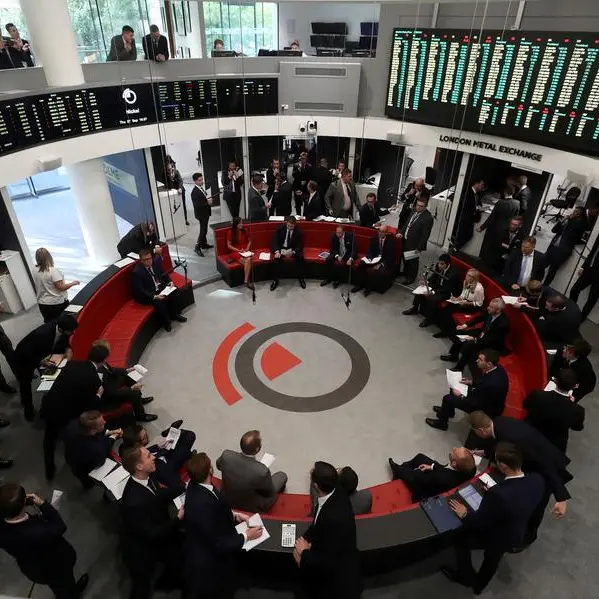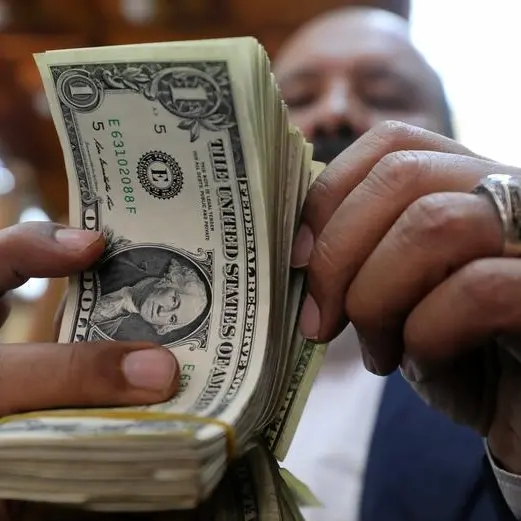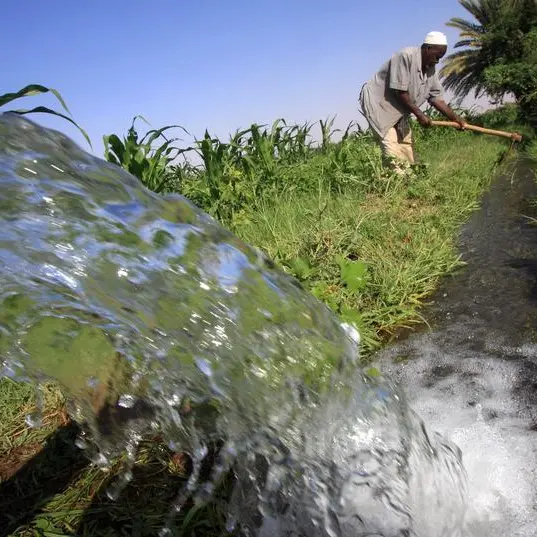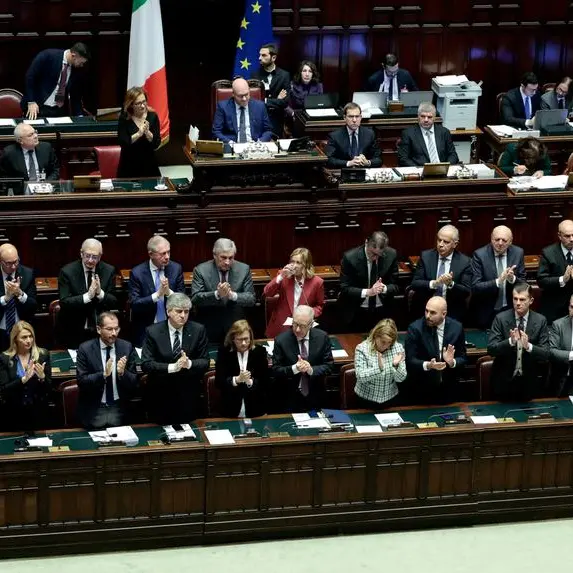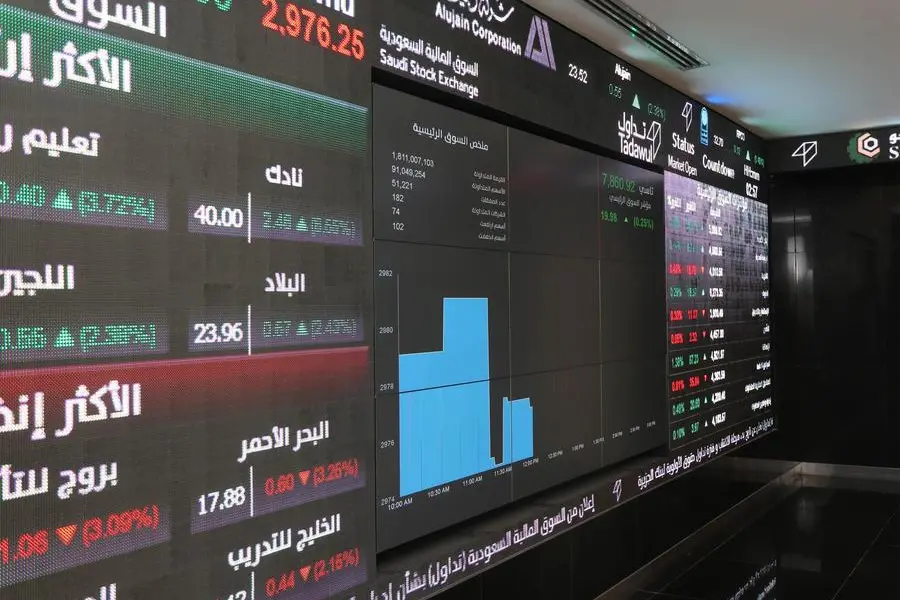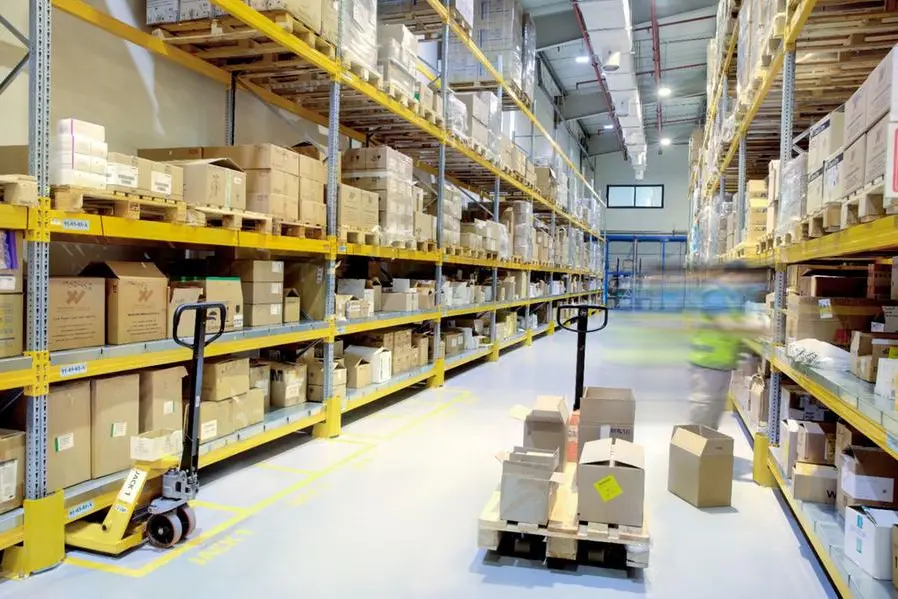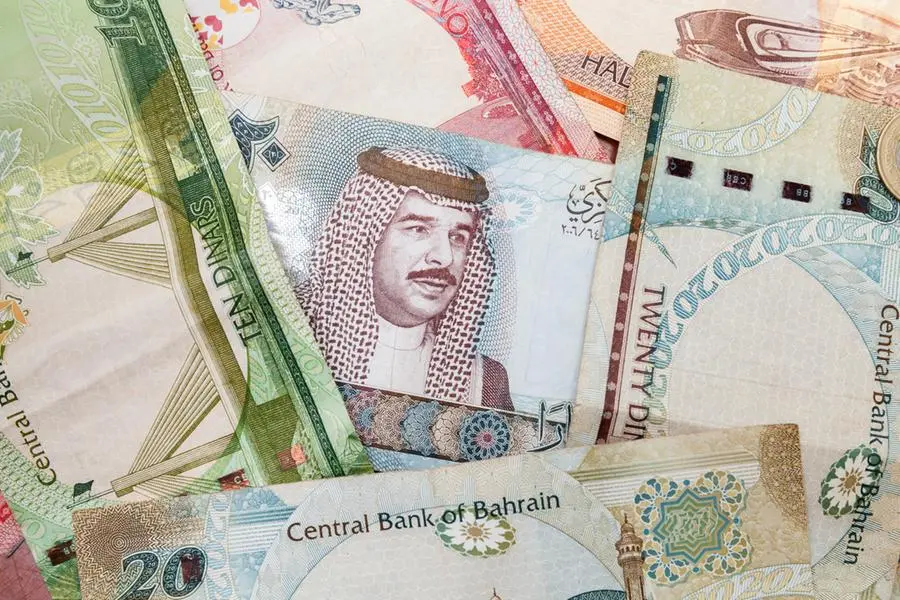PHOTO
HONG KONG - As China steps up efforts to stabilise its economy with fresh stimulus, the country's top banks would need to be capitalised at the earliest to help them boost lending to revive faltering growth and manage asset quality strains, analysts said.
Chinese banks' profitability, which has already been under pressure due to the economic slowdown and the property sector crisis, is set to take another hit by a further reduction in mortgage rates announced on Tuesday.
While the top banks are likely to lower their deposit rates to cushion the impact on their margins, analysts say they would need fresh capital injection to offset growing asset quality woes and, potentially, bail out the smaller peers.
China's big state-owned banks are generally tapped to rescue the struggling small and mid-sized lenders, many of whom reel from lower capital buffers, poor asset quality, and fewer sources of raising fresh capital.
China's four biggest banks, including Agricultural Bank of China and Bank of China, needed 738 billion yuan ($105 billion) of total loss-absorption capacity (TLAC) capital as of end-June, as per S&P Global Ratings.
Bloomberg News reported on Thursday China was considering injecting up to 1 trillion yuan ($142.39 billion) of capital into its biggest state banks to increase their capacity to support the struggling economy.
The funding will mainly come from the issuance of special sovereign bonds, it said, in what would be the first time that authorities have capitalised the Chinese banks since the global financial crisis.
"It (capital injection size) depends on what condition the regulators want the banking system to reach. If sticking to the bottom line of preventing systematic financial risks, the work could be focused on small and medium banks, because big banks for now have sufficient capital," said Xiaoxi Zhang, China finance analyst at Gavekal Dragonomics.
"If regulators are looking to digest the bad loans accumulated in recent years in the banking system, much more capital injection will be needed to reset the balance sheets of the banks."
Top Chinese lenders have been struggling with their falling net interest margins (NIM), shrinking profits, and rising bad loans amid slowing growth in the world's second-largest economy and a protracted property sector crisis.
Four of China's five largest lenders reported lower second-quarter profit after responding to a government nudge to lower lending rates to stimulate extremely weak loan demand from households and businesses.
The People's Bank of China (PBOC) and the National Financial Regulatory Administration (NFRA), the country's banking sector regulator, did not immediately respond to a Reuters request for comment.
PROFITABILITY PRESSURE
In Tuesday's broad policy stimulus measures unveiled by Beijing, it also announced a 50-basis-point reduction on average interest rates for existing mortgages and a cut in the minimum downpayment requirement.
While most analysts expect the banks to lower their deposit interest rates to cushion the impact on their profitability, the lenders are still expected to take a hit on their net interest margins, which has already dropped to the lowest on record.
The net impact of the rate cuts on NIM will be around 3 basis points for 2025, according to JPMorgan research note.
The central bank said on Tuesday that the impact of the "rate adjustment plan" on banks' income will be neutral, while NIMs of banks will remain largely stable due to cut in banks' borrowing costs and the repricing of deposit rates.
China would lower the reserve requirement ratio and implement "forceful" interest rate cuts, according to an official readout of a monthly meeting of top Communist Party officials, the politburo, released on Thursday.
"The policy combo is positive to the banking sector in the near term ... and we estimate the net impact of (the) rate cut is only less than 3% on earnings," JPMorgan analysts wrote in a research note on Wednesday.
However, investors could book profits on some state bank shares now and revisit them when more clarity emerges on capital infusion, it said, as "there may be concerns on rising national service risk and questions on medium-term profitability."
The outstanding value of individual mortgages stood at 37.79 billion yuan ($5.31 billion) at the end of June, down 2.1% year-on-year, according to the central bank data. That accounted for about 15% of banks' total loan books, the data showed.
"Authorities will prioritize riskier institutions for capital injections and balance sheet cleanup," said Ming Tan, director at S&P Global Ratings, adding regulators are expected to encourage the stronger banks to absorb weaker players.
($1 = 7.0246 Chinese yuan renminbi)
(Reporting by Xie Yu and Sumeet Chatterjee in Hong Kong; additional reporting by Kripa Jayaram in Bengaluru Editing by Shri Navaratnam)
